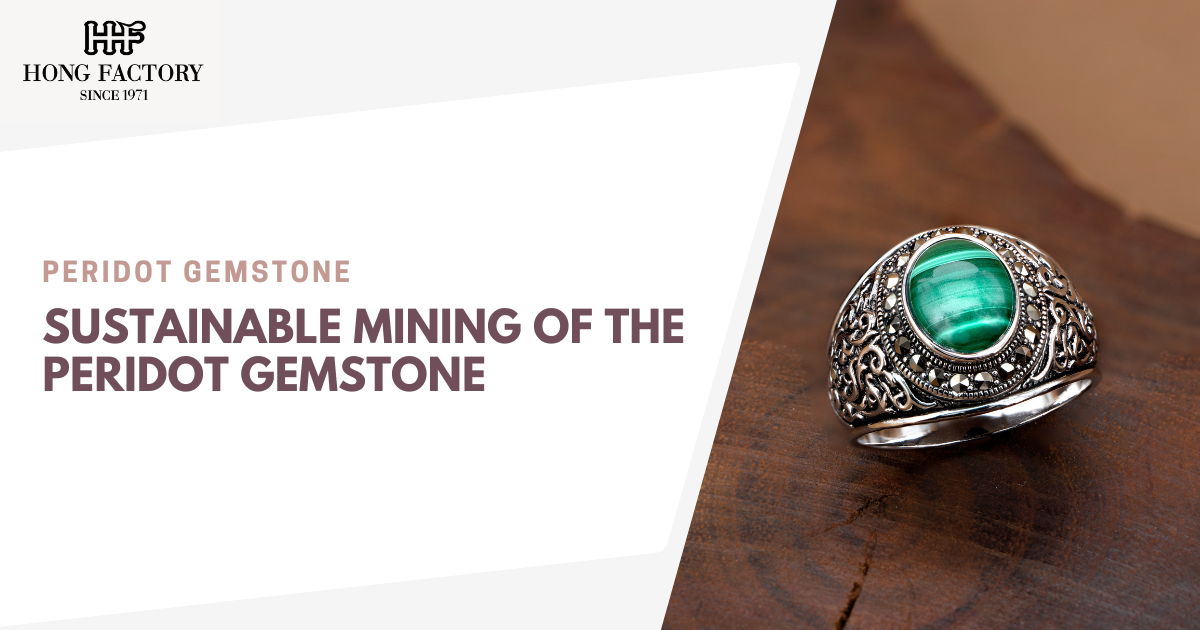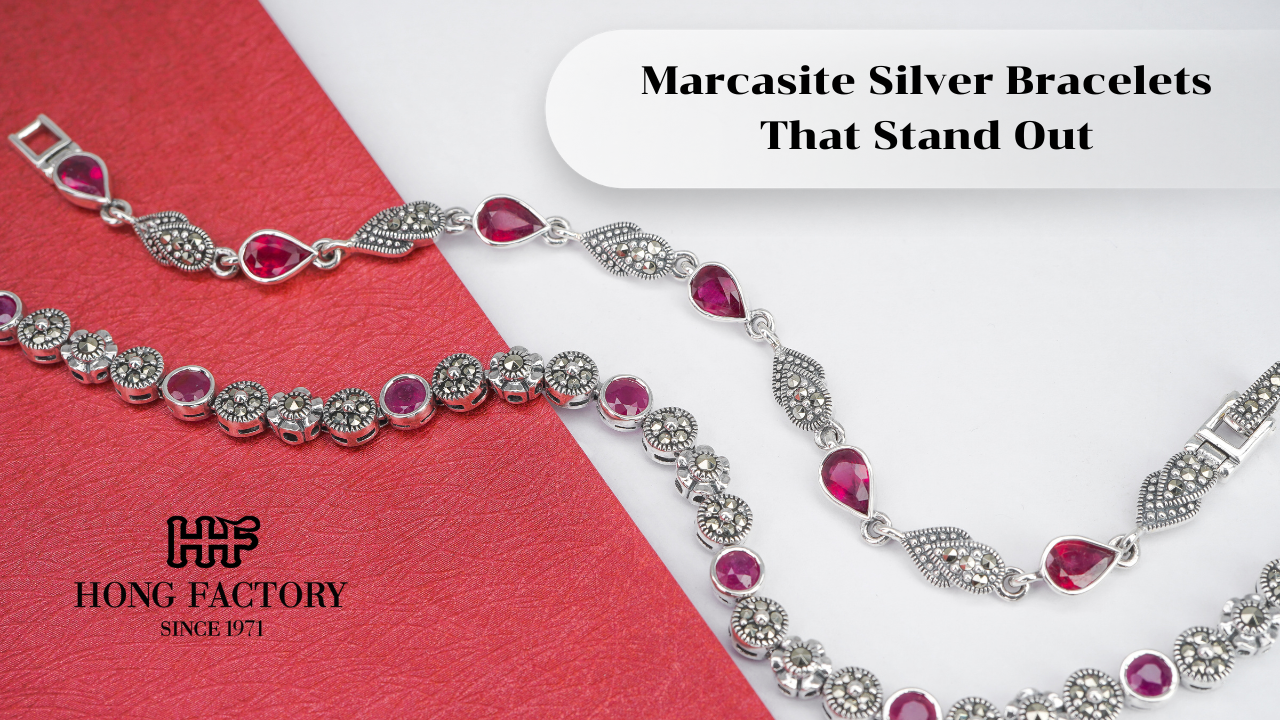
The luminous green of peridot has long captured the admiration of gem lovers around the world. But behind its natural beauty lies an important story about sustainability and responsibility. As awareness about ethical sourcing grows, the mining of the Peridot Gemstone is increasingly shifting toward eco-friendly and community-focused practices. In this article, we’ll explore how peridot mining is evolving to protect the environment while supporting local livelihoods. marcasite
The Origins of the Peridot Gemstone
The Peridot Gemstone is formed deep within the Earth’s mantle under extreme heat and pressure, later brought to the surface by volcanic activity. Unlike many gemstones, peridot occurs naturally in only one color — green — which can range from yellowish lime to olive, depending on the amount of iron present in its structure. This gemstone is found in regions such as Pakistan, Myanmar, China, Vietnam, and the United States (Arizona), each known for producing unique shades and qualities.
Because peridot forms naturally in volcanic environments, mining it can pose challenges for the environment if not managed carefully. Sustainable mining ensures that extraction minimizes harm to local ecosystems.
Environmental Challenges in Traditional Mining
Conventional gemstone mining often involves heavy machinery, open-pit excavation, and waste runoff, which can lead to:
- Soil erosion and landscape damage – removing large amounts of earth disturbs ecosystems and natural habitats.
- Water contamination – mining runoff can pollute nearby water sources, affecting both people and wildlife.
- Excessive energy consumption – non-renewable energy sources contribute to carbon emissions.
These issues highlight why responsible and sustainable mining practices are essential to preserve the beauty of the environment that gives us such treasures.
Sustainable Mining Practices for Peridot
Modern gemstone mining is evolving, and peridot is no exception. Ethical producers are adopting sustainable methods that reduce environmental impact and improve working conditions for miners. Some key practices include:
- Environmentally Friendly Extraction
Smaller-scale, low-impact mining minimizes land disturbance. Instead of using large machinery, miners employ hand tools and controlled excavation, preserving surrounding flora and fauna.
- Rehabilitation and Reforestation
Once mining operations end, responsible miners refill excavated areas and plant native trees and plants. This helps restore the landscape, prevent soil erosion, and maintain biodiversity.
- Water Management Systems
Closed-loop water recycling and proper waste filtration prevent water contamination and conserve local water resources — a vital step, especially in arid mining regions.
- Fair Labor and Safe Working Conditions
Sustainability extends to people as well as the planet. Ethical mining organizations provide miners with safety equipment, fair wages, and healthcare support. These initiatives build trust and empower local communities.
- Traceability and Transparency
Through blockchain technology and certification systems, consumers can trace their Peridot Gemstone from the mine to the finished jewelry piece. This transparency builds confidence and supports ethical brands.
Global Examples of Ethical Peridot Mining

- Pakistan (Kohistan and Kashmir regions): Small-scale miners supported by NGOs and government programs are trained to adopt low-impact methods that protect mountain ecosystems.
- United States (San Carlos Apache Reservation, Arizona): The peridot mined here is extracted by Native American communities using eco-conscious techniques, creating both cultural and environmental value.
These case studies show how ethical mining can sustain both people and the planet while delivering top-quality gemstones.
The Role of Thailand in Sustainable Peridot Jewelry
Thailand is globally recognized as a leading center for gemstone cutting, jewelry manufacturing, and ethical trade. Many Thai jewelry factories now collaborate with sustainable gemstone suppliers to ensure responsible sourcing. The country’s artisans combine precision craftsmanship with eco-conscious values — using recycled metals, minimizing waste, and supporting transparency across the supply chain.
As a result, jewelry brands that source or manufacture in Thailand can proudly offer Peridot Gemstone pieces that align with global sustainability standards.
Consumer Awareness and Responsible Choices
Today’s jewelry buyers are more informed than ever. By choosing ethically sourced gemstones, consumers help promote positive change across the jewelry industry. Here are simple steps every buyer can take:
- Ask about gemstone origin before purchasing.
- Support certified ethical brands (RJC, Fairtrade, or Ethical Gem Suppliers).
- Choose recycled metals and eco-friendly packaging.
Every responsible choice helps drive the demand for sustainable jewelry.
The Future of Sustainable Peridot Mining

As technology advances, the gemstone industry is becoming more transparent and eco-conscious. Blockchain traceability, renewable energy mining operations, and small-scale artisanal training are setting new standards for sustainability. Over time, these innovations will make ethical gemstones the norm rather than the exception.
Peridot, with its association with growth, renewal, and positivity, perfectly symbolizes this shift toward a more harmonious relationship between nature and industry.
Sustainable mining of the Peridot Gemstone represents the future of ethical jewelry. By reducing environmental impact, ensuring fair labor, and promoting transparency, the industry honors both the Earth and the communities that bring these gems to life. As awareness grows, every peridot purchased from responsible sources becomes more than just a beautiful gem — it becomes a statement of care, integrity, and respect for our planet.











